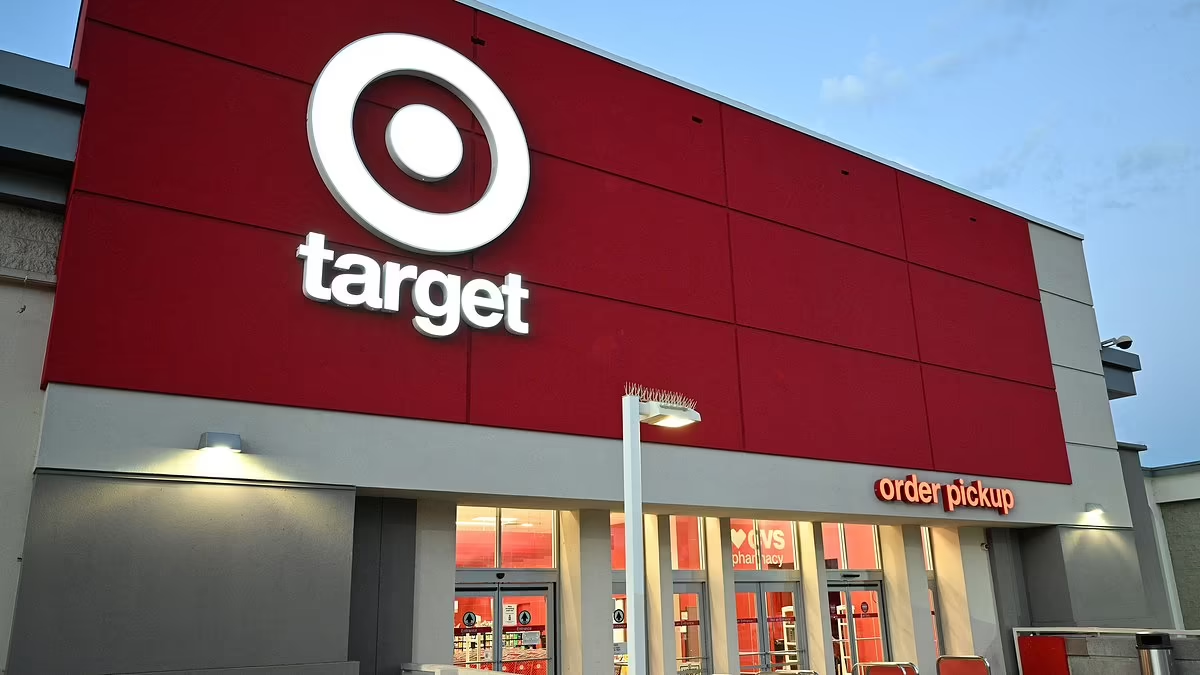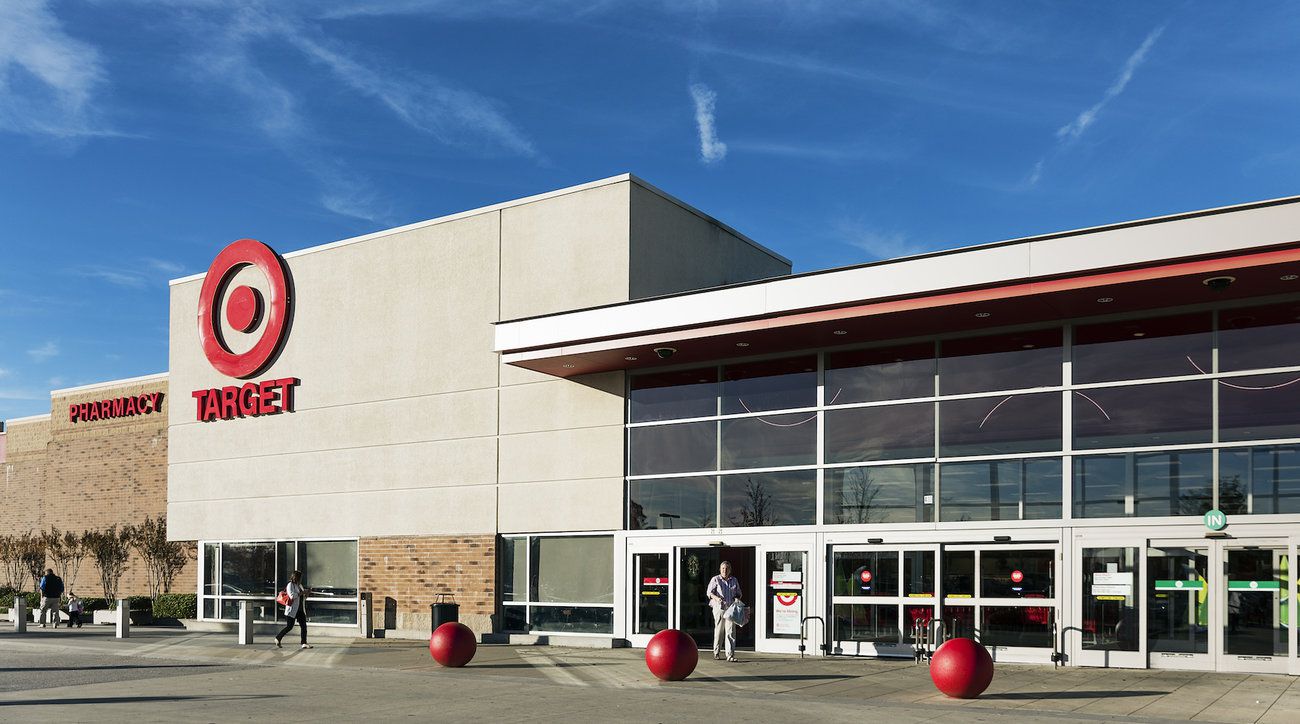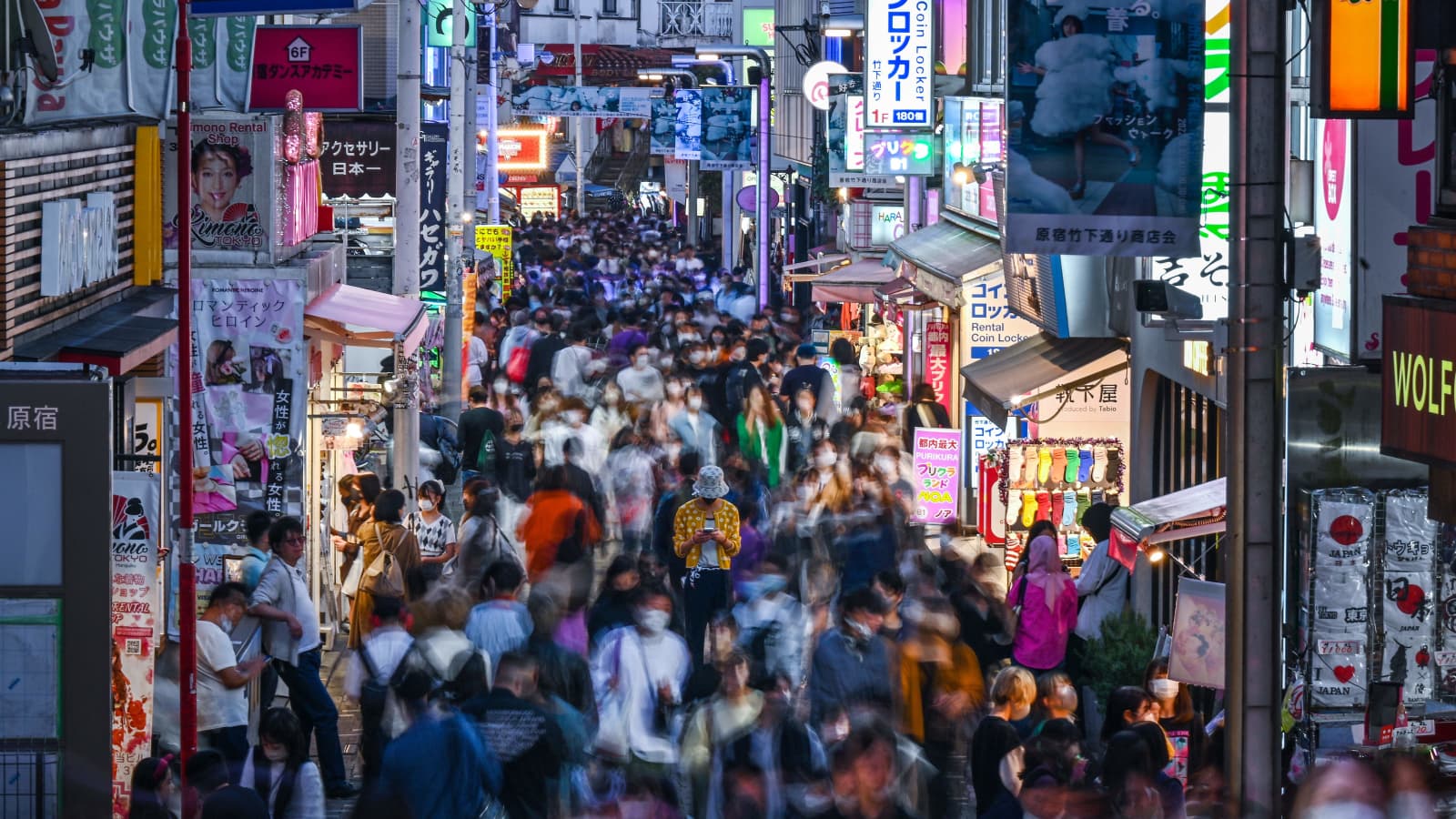In New York City’s Harlem neighborhood, Target has permanently closed its first store in Manhattan, marking the end of its operations there. This closure is part of a broader trend, as the retailer has shuttered eight other stores across various cities nationwide.
Target attributed these closures to theft and violence during a period of stagnant sales, signaling a significant shift for the company, which had been regarded as a major beneficiary during the Covid-19 pandemic.
Despite these setbacks, Target’s Chief Operating Officer, John Mulligan, remains optimistic about the company’s future in New York, including opportunities in various city neighborhoods.
He referenced the closures and openings in Target’s hometown of Minneapolis-St. Paul and in Chicago as examples that store closures do not necessarily indicate the company is retreating from those markets.
“This is something we’ve done repeatedly over time,” Mulligan noted. “Closing a store in a market doesn’t mean we stop investing in that market.”
This week, for the first time since the unexpected store closures, Target will provide investors with an update on its sales trends and strategies to overcome recent challenges.
The company is set to report its fiscal third-quarter earnings on Wednesday and outline its future plans. In many respects, Target exemplifies both the advantages retailers experienced during the Covid-19 pandemic spending surge and the unique challenges they now face.
Like many other retailers, Target is grappling with declining sales, reflecting consumers’ reduced purchasing power after a period of stimulus-fueled spending and tighter budgets due to inflation.
Additionally, Target has faced other issues, such as excess inventory, backlash over its Pride collection, and losses from theft and organized retail crime.
Other retailers, including Nordstrom and Walmart, have also closed stores in major cities, although they have not specifically cited theft as the reason.
The closures in cities like San Francisco and Chicago may also be influenced by shifts in population to the suburbs and the increased prevalence of remote work.
Mulligan explained that evaluating and closing stores is a routine aspect of running the company. He noted that some locations were simply not viable anymore, and Target determined that the nine stores it closed in the New York, Seattle, Portland, Oregon, and San Francisco areas were no longer safe.
Greg Melich, a retail analyst at Evercore ISI, suggested that these closures highlight a larger challenge for Target: the company has struggled to attract customers and return to a growth trajectory.
He added that theft and safety concerns likely exacerbated the performance of already underperforming stores.
“They need to regain their customer base,” Melich said. “That’s the core issue.” For over a year, Target has faced declining sales and stock performance.
As of Friday, Target’s shares had fallen about 27% this year, significantly underperforming the S&P 500 and trading at less than half their peak value during the pandemic.
In August, Target lowered its full-year forecast after previously warning investors that it expected lower sales compared to the previous year.
The company projected that comparable sales would decline by about mid-single digits, with earnings per share ranging from $7 to $8.
In a recent interview, CEO Brian Cornell noted that Target has observed shoppers pulling back on grocery purchases due to “persistent inflation” on essential items like baby formula and pet food.
As Target heads into the holiday season, Cornell acknowledged that the company faces challenges as consumers contend with higher costs associated with carrying credit card balances, increased mortgage rates for homeowners, and the resumption of student loan payments.
“That’s the caution we’re observing as consumers consider their budgets for the remainder of the year and into 2024,” he said. “They’re likely to be much more careful with their spending.”
To boost holiday sales, Target is focusing on affordability and offering new items to encourage spending.
However, Michael Baker, a retail analyst at D.A. Davidson, predicts that Target will fall short of fiscal third-quarter revenue expectations and experience a more challenging holiday season compared to its competitors.
One of Target’s issues stems from its merchandise, which is heavily skewed toward discretionary items that consumers often forgo when budgets are tight. For instance, Walmart generates more than half of its annual sales from groceries.

Target’s aggressive efforts to reduce excess inventory last year may have led to an overcorrection, Baker suggested.
“When you’re in a phase of reducing inventory and being very conservative, it’s harder for merchants to take risks and make bold decisions,” he explained.
Target could also increase sales by opening new stores, a challenging task as it tries to assess where people will shop most in the post-pandemic landscape.
Since late January, Target has opened 21 stores across the country, including new markets like the Outer Banks of North Carolina and Grass Valley, California, a small town about an hour northeast of Sacramento. Additional stores are planned, including new locations in Oahu, Hawaii, and Detroit.
However, Target’s high-profile closures have raised questions about whether the company—and other major retailers—still want to maintain a presence in city centers, where rents are high and foot traffic can be less predictable due to hybrid work models.
Some pandemic trends and demographic shifts have prompted retailers to move away from major cities and traditional malls.
Nordstrom closed its San Francisco flagship store, citing changing market dynamics, but has opened more off-price Nordstrom Rack locations in suburban strip malls. Macy’s has also shifted its focus to suburban strip centers for its newest locations.
The demand for retail real estate has shifted. Availability in suburban areas has become tighter than in urban areas for the past five quarters, starting in July 2022, according to Brandon Isner, head of retail research for the Americas at real estate firm CBRE.
Grocers, who were seen as “front-line heroes of the pandemic,” have become highly desirable neighbors for many retailers, he noted.
“In tough economic times, people might skip a trip to the mall, but they’ll still go to the grocery store every week,” Isner said.
He added that within cities, some retailers are relocating from one area to another, often moving away from areas struggling with crime or choosing neighborhoods with more foot traffic, newer spaces, or lower rent.
Mulligan stated that Target will continue to open stores in both suburban and urban areas. For example, Target plans to expand in Charlotte, North Carolina, due to its population growth and in New York City to capture business from tourists who have returned in large numbers after the pandemic.
Some of Target’s city and college campus stores are smaller, but these locations play a crucial role in supporting the company’s online business. More than 90% of Target’s online orders are picked and packed at these stores rather than in distant fulfillment centers.
Since closing the Harlem store, Target has opened a new location in New York City’s Union Square and plans to open a new store in Central Harlem, about a mile and a half from the closed location.
Mulligan noted that the new Harlem store will be “significantly smaller” than the previous location and will be similar in size to other Manhattan stores. The company has not yet announced an opening date.
For some residents, the new location doesn’t ease the disappointment of losing their nearby store.
Some shoppers questioned the logic of opening so close to the previous location if theft was a problem and expressed concerns that the smaller store might not carry the same groceries and essentials they need.
This is a challenge Target must navigate as it tries to close stores while retaining customers, particularly when shoppers are being more cautious with their spending on non-essential items.
Tyrone Davis, who frequented the Harlem Target with his girlfriend, Julissa Patoja, a teacher, appreciated the store’s lower prices and broader selection of everyday items like cereal, shampoo, and laundry detergent, along with discretionary items like pumpkin-themed decor for Patoja’s pre-kindergarten classroom.
He’s unsure if the new Harlem store will offer the same variety.
In the final days before the store closed, items such as greeting cards, Halloween costumes, and books remained on the shelves, while the grocery aisles were nearly empty.
After the store closed, customers like Davis and Patoja arrived with empty carts and tote bags, only to find it shuttered.
Shoppers were confused and frustrated. Some were unaware that the store was closing, while others expressed that without a local Target, they would turn to other retailers or consider shopping online at Walmart or Amazon.
“It’s a surprising move for everyone,” Davis said. “It’s definitely a loss.”






Leave a Reply